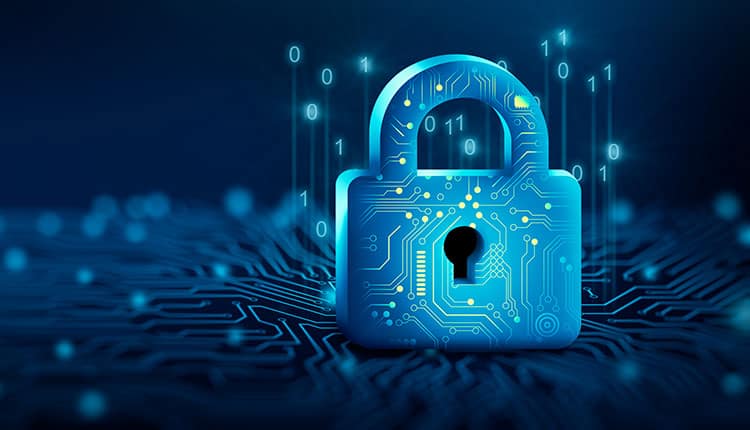By Samir Kumar Mishra, Director, Security Business, Cisco India & SAARC
In today’s digital age, where technology is deeply integrated into every facet of our lives, the importance of building security resilience has never been more significant. Security concerns have exceeded beyond being merely IT or network issues; they now encompass societal and organizational dimensions. The question that emerges is: How do we establish cybersecurity resilience? While security measures can be applied to supply chains, organizational structures, and financial systems, it is paramount that security resilience remains at the forefront.
Cybersecurity resilience has emerged as a top priority for companies in India as a staggering 61.5% of organizations say they have experienced a security event that impacted business in the past two years, according to a Cisco study. With stakes this high, it is no surprise that security resilience is a high priority for businesses across industries.
Effective resilience requires a two-pronged approach. First, organizations must focus on prevention, implementing robust tools and processes to fortify their defenses. Second, they must develop strategies for swiftly mitigating and remediating security breaches when they do occur. The synergy of these approaches forms the foundation of a building resilience in the digital era.
A strategic approach to resilience
The first crucial step in shaping a robust cyber resilience strategy is to carefully pinpoint your organization’s vulnerabilities. This involves scrutinizing where sensitive data resides, identifying individuals handling critical business information, and assessing the equipment involved in vital processes. This internal awareness check lays the foundation for bolstering your cyber resilience.
Once these weak spots are revealed, the next step revolves around safeguarding your most vital IT assets and processes. This entails revising security policies, reinforcing device encryption, curbing unauthorized external device usage, educating staff about cybersecurity significance, and implementing best practices to thwart malicious activities.
Most enterprises rely on tools from multiple vendors to build their overall security infrastructure, which means they have multiple standalone solutions with little or no integration or shared remote telemetry. When solutions aren’t working together, it has a snowball effect as the security team spends too much time maintaining and managing security tools and often lacks integration in their security portfolio. In order to achieve effective cyber programs, silos must be broken down, and complexity must be reduced by integrating technologies.
Network Resilience in a Hybrid World
In the present landscape of hybrid work, networks are built around people and not locations. Organizations must ensure that access is adaptive, and employees are protected wherever they are, even as their location changes or they switch devices, and as they move from one application to the next. And all this needs to be achieved without compromising the user experience or productivity.
Adding to this, there is a growing diversity of network traffic, including the usage of cloud-based applications and video conferencing platforms. This decentralization introduces vulnerabilities that opportunistic cybercriminals can exploit. To effectively tackle these challenges, organizations must adopt a comprehensive security strategy that safeguards both office-based and remote environments, all the while ensuring the continuity of operations.
One effective approach in this regard is implementing a Zero Trust model, where trust is never assumed. This includes verification of every user and device seeking to establish a connection with the network, thereby significantly reducing the likelihood of unauthorized access. Enforcing MFA for network access also adds an extra layer of security, making it challenging for malicious actors to compromise user credentials. Over the past few years, XDR has also gained momentum as an emerging technology that holds the potential for addressing the gap by offering an open and unified approach to swiftly and effectively prevent, detect, and respond to threats.
Employees are the first line of defense
When cyber threats target an organization, it is often employees who are the first line of defense. The vulnerability of the human factor stands out as the weakest link in an organization’s cybersecurity safeguards, as numerous incidents stem from employees succumbing to deceptive emails in targeted phishing campaigns. Cyber adversaries may leverage human behavior to initiate a series of events that can lead to the theft of credentials, data breaches, ransomware infiltrations, and even DDoS attacks.
Security awareness training is essential to help employees understand their roles and responsibilities regarding security, and it should be ongoing rather than a one-time event for compliance. Providing regular cybersecurity training can ensure that they can recognize and respond to potential risks effectively.
Moving to a Secure Future
As we navigate in today’s hybrid reality, establishing security resilience is not merely an option, but an essential requirement. Given the emergence of work-from-anywhere models and the evolution of network environments, there is a pressing need for proactive cybersecurity resilience strategies that can flexibly adjust to the shifting threat landscape.
As we enter another year, resilience must be top of mind for all cybersecurity defenders. Integrated security strategies that combine technological solutions with robust policies and practices are the key to safeguarding digital assets. By adopting these measures, organizations can embrace the benefits of the digital age while bolstering their defenses against cyber threats, ensuring a secure future in the hybrid work environment.



